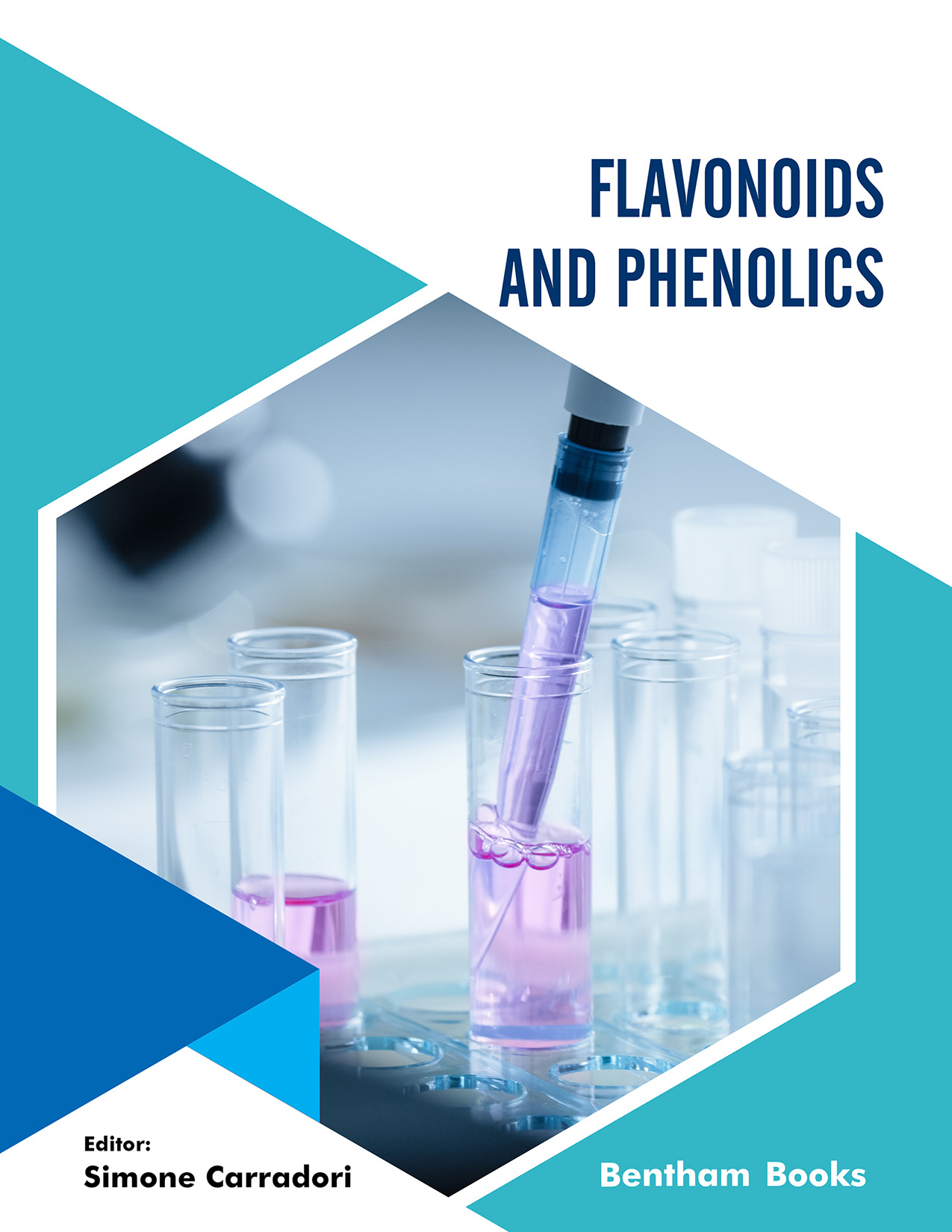Introduction
Medicinal chemists around the world have been inspired by nature and have successfully extracted chemicals from plants. Research on enzymatic modifications of naturally occurring compounds has played a critical role in the search for biologically active molecules to treat diseases.
This book explores compounds of interest to researchers and clinicians. It presents a comprehensive analysis about the medicinal chemistry (drug design, structure-activity relationships, permeability data, cytotoxicity, appropriate statistical procedures, molecular modelling studies) of different compounds. Each chapter brings contributions from known scientists explaining experimental results which can be translated into clinical practice.
Each chapter follows a specific format for a phytochemical agent with common chemical features:
- General background on the (phyto)chemistry of the scaffold
- General background on the pharmacological profile of the scaffold
- A Description of the proposed derivatives and their advantages with respect to the parent compounds (emphasizing the synthetic approaches and structure-activity relationships)
- In silico analysis of the crucial interactions with the biological target
- Clinical studies and patent survey (if available) on the new and proposed structures
The objective of this book set is to fulfil gaps in currently acquired knowledge with information from the recent years. It serves as a guide for academic and professional researchers and clinicians.
Audience
Academic and professional researchers and clinicians in the field of medicinel chemistry and pharmaceutical chemistry.

